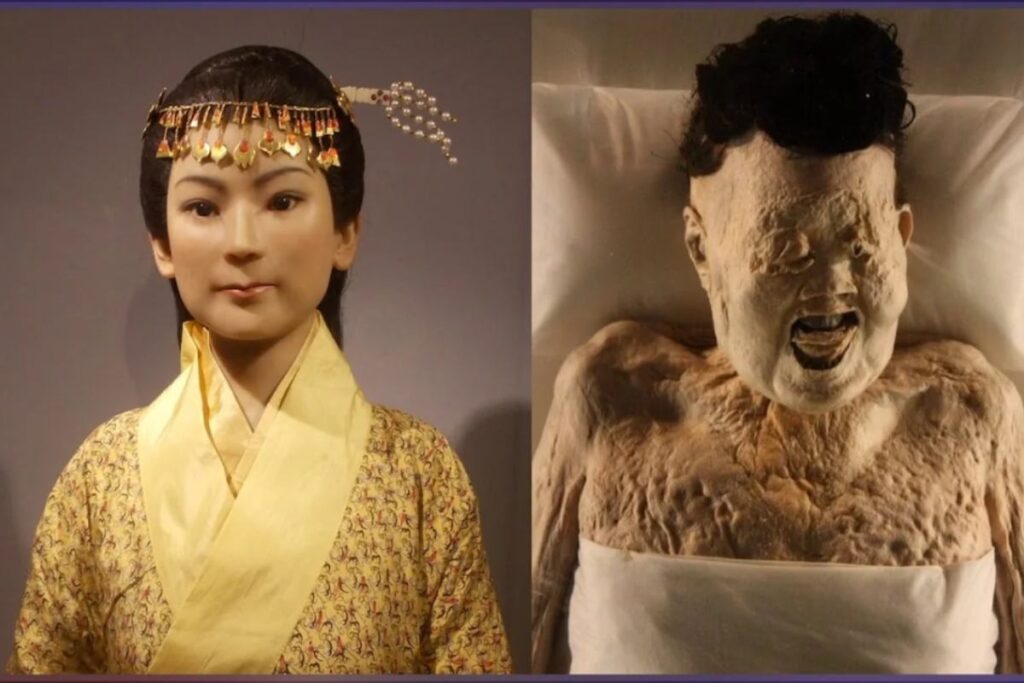On a random day in 1971, three Chinese construction workers stumbled upon one of the most important archeological discoveries of the 20th century. It was the tomb of an ancient Chinese woman, Xin Zhui also known as Lady Dai. This tomb contained her over 2000-year-old mummified body, widely believed to be the most preserved body in human history. That wasn’t all.
Over 1000 artifacts were also found in the tomb making it one of the most significant archeological breakthroughs ever recorded. The items exposed the rich and sacred culture of the Chinese. They also explained the super innovative and elaborate nature of the corpse preservation ritual.
Who was Lady Dai, how does the body of a 2000-year-old corpse look like? How did the body defy the forces of nature to remain largely intact and even recognizable? Thankfully, scientists and historians have found some useful answers to these questions. The artifacts provided additional clues to what transpired on the day of her burial. The story of the Lady Dai mummy is truly extraordinary.
Who Was This Mystery Woman Called Lady Dai
Xin Zhui or Lady Dai was a Marquise – a woman of high social ranking in ancient China. She was married to Li Cang, a Marquis of Dai, and a nobleman in the Han Dynasty of China.
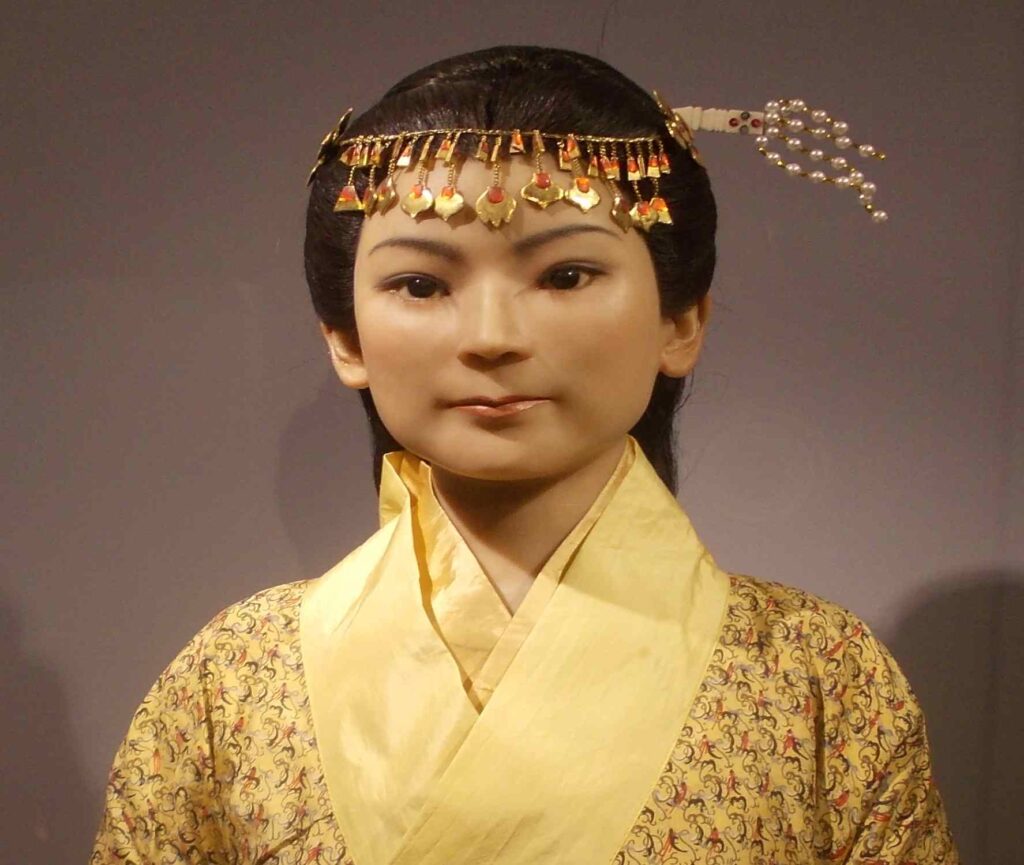
Cang was the ruler of the Han imperial fiefdom of Dai. According to reports, Xin Zhui and Li Cang were just a step below the Duke in prestige and influence under the dynasty which lasted from 202 BC to 9 AD and from 25 to 220 AD.
She reportedly died between 168 and 169 BC at the age of 50. Now also known as the Diva Mummy, Lady Dai was buried just like most of the other nobles. Her body was mummified – treated with a sophisticated array of liquids in preparation for life after death.
But why her body is the most preserved of all the thousands of Chinese mummies discovered so far, is still a mystery. Shockingly, Lady Dai’s mummy even fared better than the legendary Egyptian mummies.
It all began in the early 1970s during the Cold War. As China prepared for potential air attacks, workers were directed to begin constructing shelters. As a group of workers were digging the proposed site for one of the bunkers in Mawangdui, Changsha, in the Hunan province, they struck Lady Dai’s tomb.
They also discovered the tomb of her husband and a young man who many believe to be their son. The workers called the attention of authorities, who then mobilized a massive team to the location.
With so much to unpack, the site required the hands of over 1500 people. Aside from a team of archeologists, school students made up the bulk of participants. The excavations began in January 1972.
A Fascinating and Groundbreaking Discovery
After lots of tireless work, the company gained access to Lady Dai’s body. But they had to unwrap about 20 pieces of clothing and silk ribbons to see its skin. The corpse was laid in four rectangular wooden encasements which were all made of pine. In addition, the body was buried under some layers of white clay and charcoal.
Precisely, the ancient Chinese placed Lady Dai’s body in four coffins of various sizes, one inside the other. They painted the biggest and outermost coffin black to signify death and the underworld.
The second largest coffin although also covered in black paint had drawings of clouds and deities. It also depicted animals moving around the universe in various directions.
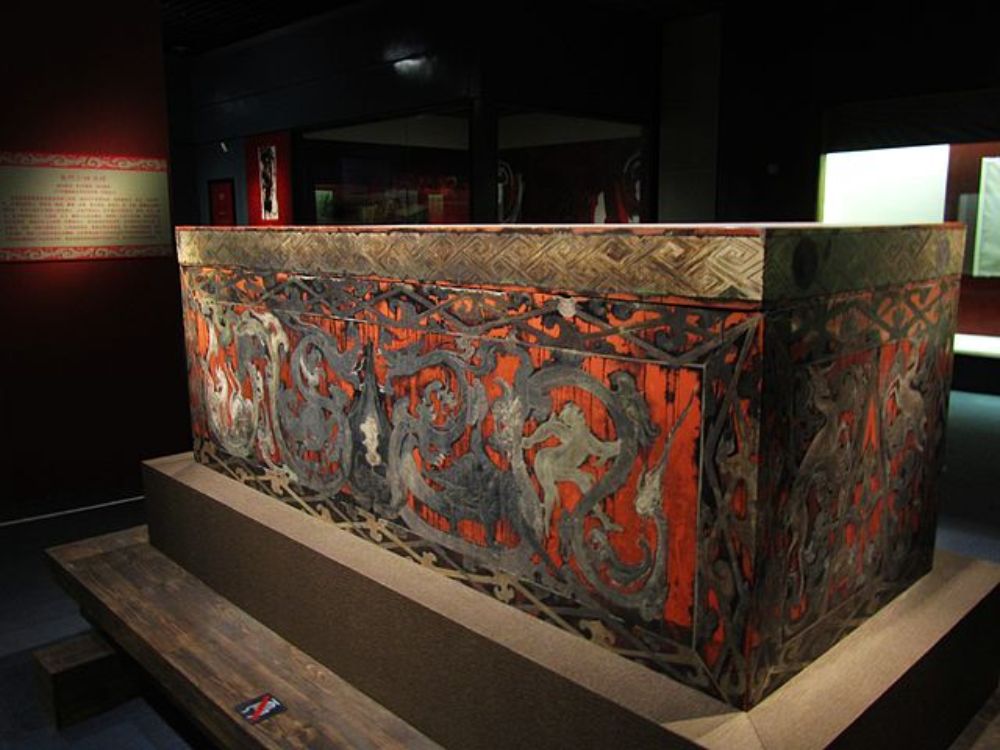
Also, close to the head or larger end of the coffin, there is a small drawing of a woman with only her upper body being visible. This represents Lady Dai emerging into this universe.
The third coffin is red in color signifying an immortal state. It also had drawings of animals and the Kunlun Mountains one of the longest mountains in Asia. The mountains were drawn to represent perpetual happiness.
Finally, the excavators got to the last and smallest coffin. Before they opened it, they had to untie a silk banner that was two meters long. Attached to the cover of the coffin were numerous black and yellow feathers. These were to aid Xin Zhui fly into the heavenly realms where she will live forever.
After they opened the coffin, they found Zhui’s body. It was a wonder to behold. It was a “wet” human body too. According to the records, the corpse was soaked in an unidentifiable liquid inside the coffin.
Thanks to the strange fluid, Xin Zhui’s skin was still very soft. Her joints were also surprisingly flexible. Virtually every part of her body was still in place. Even her eyelashes and the hair under her nostrils were intact. The archeologists were also fascinated to find blood in her veins which they found to be Type A blood.
The Egyptian Mummies Meet Their Match
A remarkable difference between the ancient Egyptian mummies and Lady Dai’s was the presence of organs. While the Egyptian mummies had the organs (except the heart) taken out through an opening on the left side of the abdomen, the Diva Mummy had all her organs in place.
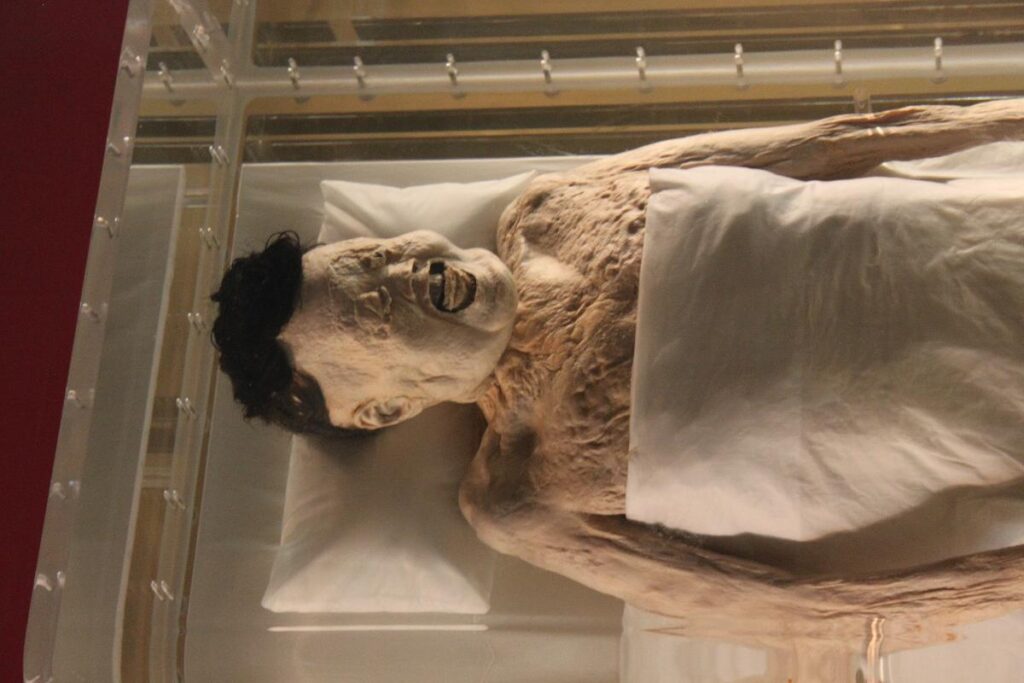
Before her tomb was discovered, the ancient Egyptians had enjoyed the most recognition for the mummification process. The North Africans had a rich history of keeping dead bodies preserved.
During the mummification process, the Egyptians would cover the bodies with various oils, waxes, and balms. As a result, the bodies of the Pharaohs remained quite intact for 5,000 years. These Egyptian mummies still had the intense sweet smell from the scented oils.
These discoveries of ancient Egyptian bodies were a huge boost for scientific study. The mummies provided useful clues in Archeology, Biology, Social Anthropology, disease prevention, and the study of genetics. Just when the science world thought they had seen it all, the Lady Dai tomb emerged, taking mummification to the next level.
According to legend, the Egyptians removed the organs to preserve them for life in the new universe. Apparently, the Chinese didn’t deem it a necessary requirement.
The excavators also noticed a number of other surprising features. They found hair on her head. She also had a wig on, with a hair slide that held its ends at the back of the head.
These and many more clues made it easier for scientists to gain useful insight into Lady Dai’s personality. The autopsy was conducted by medical personnel at the Hunan Provincial Medical Institute on December 14, 1972.
What Did Scientists Discover?
It was the autopsy findings that helped doctors estimate that she was aged 50 when she passed on. According to a medical expert, Yu Chunhong who was quoted in a Chinese newspaper publication, “The body is so well preserved that it can be autopsied by pathologists as if it were only recently dead.”
“When Lady Dai was found her skin was supple and her limbs could be manipulated; her hair was intact; her type A blood still ran red in her veins, and her internal organs were all intact,” he further stated.
The medical examination was easy and fast due to the freshness of her body. The embalming was so expertly done that the doctors confessed that her corpse was as fresh as a person who had just died. This is despite the body losing some of its preservation after it was brought out and encountered some oxygen.
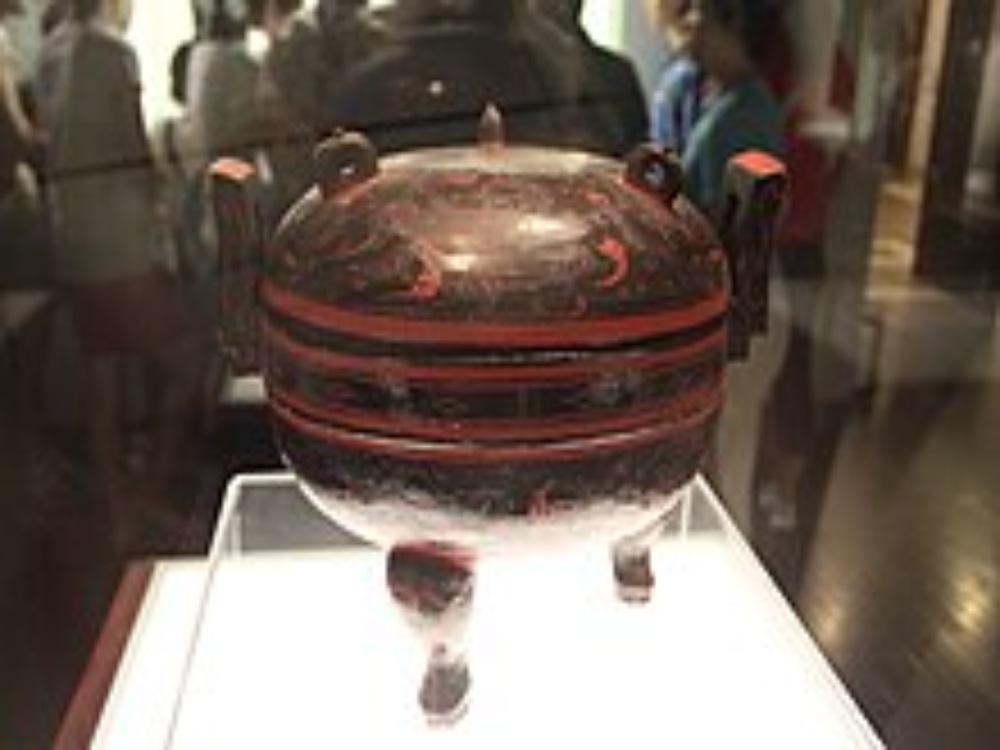
Also, the forensic experts discovered that her health wasn’t in great shape at the point of death. They found indicators of a coronary heart attack, high blood pressure, and diabetes. They also found signs of gallstones, liver disease, and high cholesterol.
According to the doctors’ verdict, Lady Dai died from a heart attack. They believe the causes of this heart attack to be an unbalanced diet, obesity, and a lack of physical fitness. However, definitive conclusions about the exact cause of death remain speculative.
The autopsy also led to a number of interesting observations. For example, the experts found 138 undigested melon seeds in her esophagus, stomach, and intestines. Since it took about an hour for melon seeds to digest, they concluded that she died less than sixty minutes after she ate the seeds. So, what are the secrets of her impressive preservation?
One of the factors scientists identified behind her preservation was the state of her tomb. The tomb was tightly sealed. Not just that, Lady Dai was enclosed in four coffins and buried about 40 feet below the ground. These were in addition to the pine burial vaults, the charcoal and clay, and the unknown liquid that soaked her body.
Aside from the elaborate burial arrangement for the body, Xin Zhui’s tomb was also decorated with numerous amazing items. Among the items found were 182 pieces of high-end lacquer ware and 162 wooden figurines which stood for the number of servants expected to serve her needs in the next world.
Also discovered in her tomb were 100 silk garments for her adornment and lots of makeup items and toiletries. The lacquerware stood out from the rest of the items. According to Chinese legend, the figures to be sent to the afterlife were expected to eat, just like they did in the mortal realm.
This need prompted the introduction of these items to the burial places. The set of lacquerware included plates, bowls, basins, vases, and toilet boxes. All of the lacquerware items had the same shiny dark red and black paintings.
Interestingly, the ancient Chinese didn’t forget to pack some food along with the Lady Dai. Various kinds of food were discovered in more than 20 clay and ceramic containers as well as thirty bamboo containers.
These food items included lotus roots, wheat, lentils, pork, beef, chicken, dog, lamb, and venison. Others were pears, plums, dates, strawberries, goose, and duck. There were also cranes, fish, eggs, fowl, turtledove, and sparrows.
At this point, it is pretty clear just how much the ancient Chinese believed in an afterlife. Their dedication, innovative spirit, thoroughness, and hard work to keeping Lady Dai preserved and well-prepared for the immortal world is a testament to how deeply they valued their culture.
What Liquid Was Lady Dai Preserved With?
To date, scientists haven’t yet unraveled the composition of the mystery liquid that helped preserve Lady Dai’s body. They were only able to identify traces of mercury in it. They believed that mercury played a big role in slowing down the decomposition process.
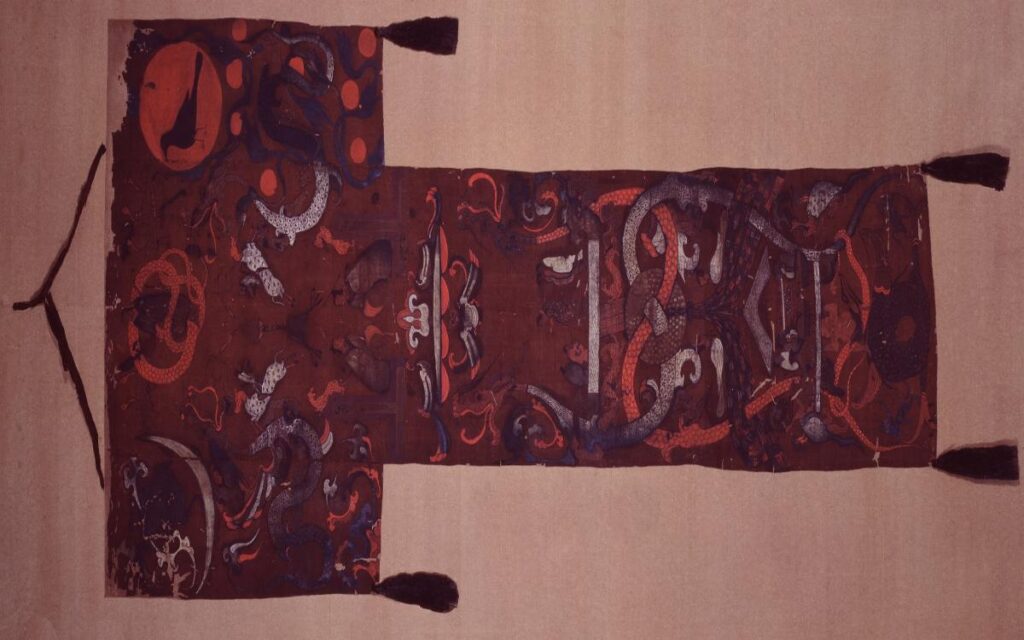
Interestingly, they also discovered preservative liquids in the other tombs where her husband and supposed son were buried. They were shocked to find that none of the fluids were similar. Yet, their sources remained unknown.
The ancient morticians deserve all the accolades they can get for coming up with a painstaking body preservation strategy. Thankfully, they’ve gotten exactly that from the astonished visitors who troop into the Huhan Museum where her body and belongings were kept.
Artifacts from her tomb have traveled around the world. They’ve been displayed in cities such as New York and Santa Barbara over the years.
The escavators however discovered that Lady Dai’s face was found swollen and decayed at the time it was first uncovered. For this reason, it has remained impossible to determine her precise appearance during her lifetime. The best we could get was a 3D digital version.
This version came as a result of X-ray scans on her skull carried out by experts at the museum. The museum has so far released a full-body 3D version of 35-year-old Xin Zhui in a seating position. They’ve also presented a head image of her 50-year-old version. However, the museum hasn’t reached an agreement on her hairstyle and clothing. But how did she look?
One of the experts who took part in the digital facial reconstruction project bared his mind on Lady Dai’s looks. The expert, Yuan Zhongbiao, stated that Xin Zhui didn’t possess any special beauty. She was ordinary in beauty, he stated.
Lady Dai has continued to rest in the Hunan Provincial Museum. The Diva Mummy remains to most people, the most preserved corpse to ever exist. Although no one can verify if she made it to the immortal realm, what we are sure of, is that she will remain one of the most celebrated mummies to ever exist. Thanks to the genius of the ancient Chinese morticians.


